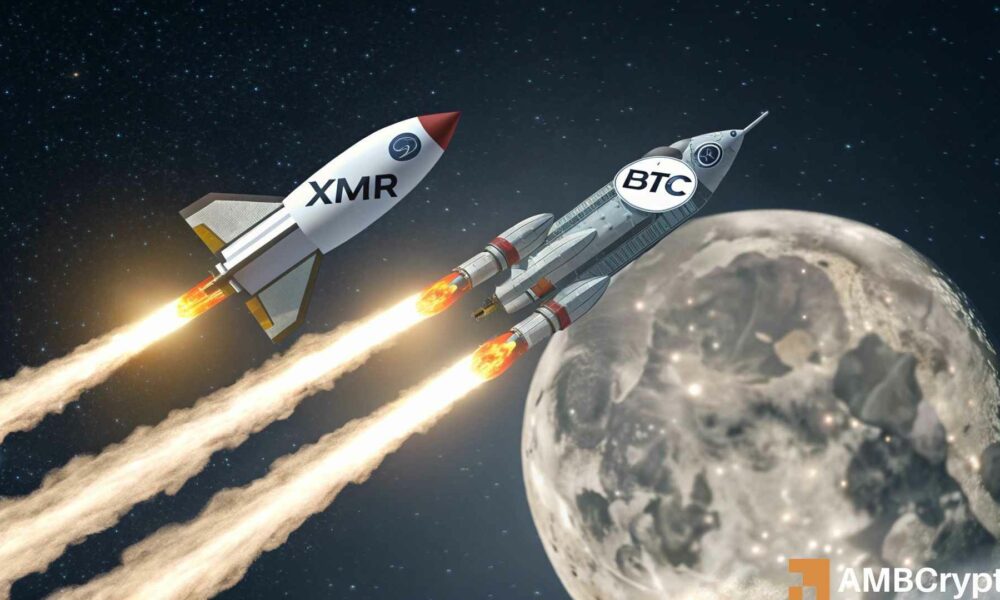Have you ever wondered how a monetary system without central banks or government control could disrupt global finance? In 2009, Satoshi Nakamoto ignited this revolution with a 9-page whitepaper—Bitcoin was born. Over 16 years, it has evolved from a niche experiment among tech enthusiasts into a trillion-dollar "digital gold", even driving companies like Tesla and MicroStrategy to hoard it as a strategic asset. Today, this code-built financial marvel continues to challenge the traditional order: Who truly governs it? And what fuels its 4200x value surge? Let’s unravel Bitcoin’s power structure and technological DNA.

Who Issues and Controls Bitcoin?
First of all, it's important to note that Bitcoin is fundamentally different from traditional currencies. There is no centralized institution like a central bank to issue and control it. Bitcoin is generated through a process called "mining" based on a technology called blockchain.
"Mining" may sound mysterious, but in fact, miners use the computing power of their computers to solve complex mathematical problems. When they successfully solve a problem, they will be rewarded with a certain amount of Bitcoin. This process is open and transparent, and anyone can participate. That means the issuance of Bitcoin is jointly completed by all miners participating in the mining process, and no single entity can control it.
Moreover, the total supply of Bitcoin is fixed at 21 million coins. This means that, unlike traditional currencies, there won't be inflation caused by large - scale money printing by the government. This fixed - supply design is also an important reason why Bitcoin attracts many investors.

What Does Bitcoin Consist Of?
From a technical perspective, Bitcoin mainly consists of two parts: transaction information and the blockchain.
Transaction information records the flow of Bitcoin. Every Bitcoin transaction is recorded, including the transaction amount, the addresses of both parties involved in the transaction, etc. This information is public, and anyone can query it on the blockchain.
The blockchain is the core technology of Bitcoin. It's like a huge ledger that records all transaction information. The blockchain is composed of individual blocks, and each block contains a certain amount of transaction information. These blocks are connected together through cryptographic methods, forming an immutable chain.
In simple terms, the security and decentralization features of the blockchain ensure that Bitcoin transactions are safe and reliable. Since each block is associated with the previous one, if someone wants to tamper with the information in a certain block, they must tamper with all subsequent blocks at the same time, which is almost impossible to achieve technically.

In the world of the crypto market, Bitcoin is like a shining pearl. Its unique issuance mechanism and composition make it a new form of asset. For beginners who have just stepped into the crypto world, understanding these basic knowledge of Bitcoin is the first step towards successful investment. I hope today's sharing can give you a deeper understanding of Bitcoin and help you avoid some detours on your future investment path.
















No comments yet